Are there ingredients from GE Plants in my Food?
In this activity, students will examine a variety of foods and their ingredients to determine which foods contain ingredients that may have come from genetically engineered plants.
In this activity, students will examine a variety of foods and their ingredients to determine which foods contain ingredients that may have come from genetically engineered plants.
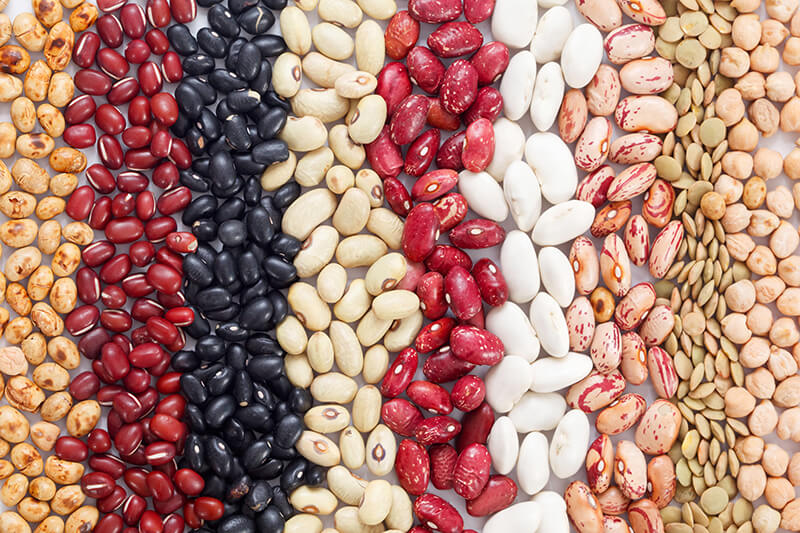
Students observe and dissect bean seeds and label the parts of a seed.
This is a game in which students take turns rolling a die and drawing parts of a bee. Any number can play, and the only materials needed are a piece of paper, a pencil, a six-sided die, and the included printable activity sheet.
This activity introduces students to a unique and interesting sequence of events related to the nature of scientific discovery. They will explore how scientific discoveries evolve and often lead to unexpected outcomes. While researchers were trying to develop a method of tenderizing beef, they discovered that the process they were researching also decreased the harmful bacteria in meat by 40-60%. This activity teaches students about this process and how it was developed.
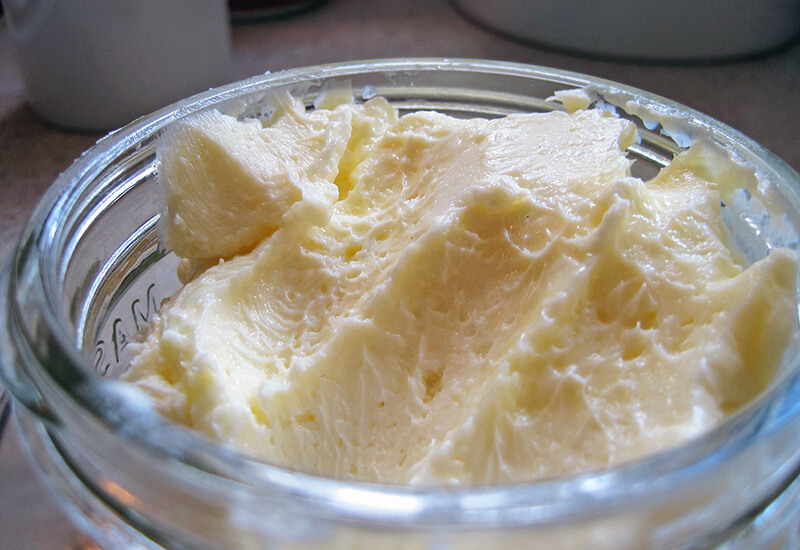
This activity details instruction for making butter in a small baby-food sized jar.
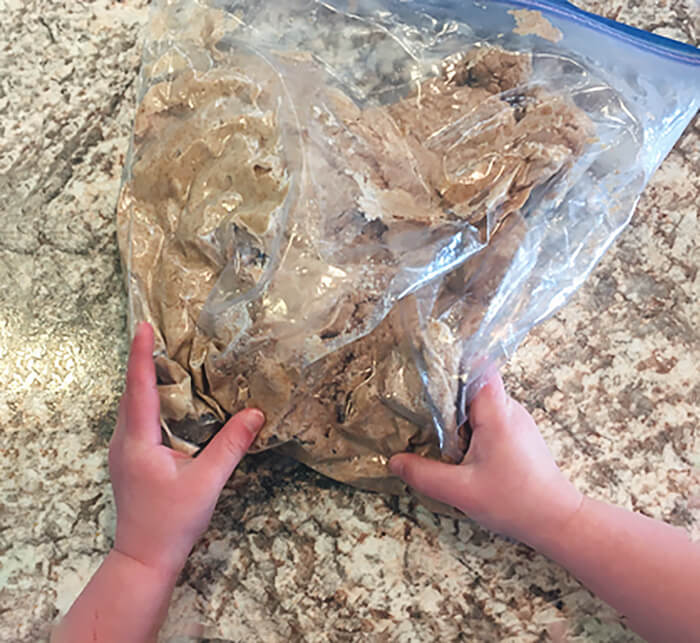
This activity details the instructions for making bread in a plastic bag. An excellent way to demonstrate bread-making and the properties of yeast within a classroom setting.

Using the context of a county fair livestock show, students explore how zoonotic diseases are spread. This program is designed to educate youth about the spread of disease and best practices for human and animal interaction. The online module can be accessed directly for virtual or remote learning. For in-person learning, see the full lesson plans linked below for upper elementary and secondary classrooms.
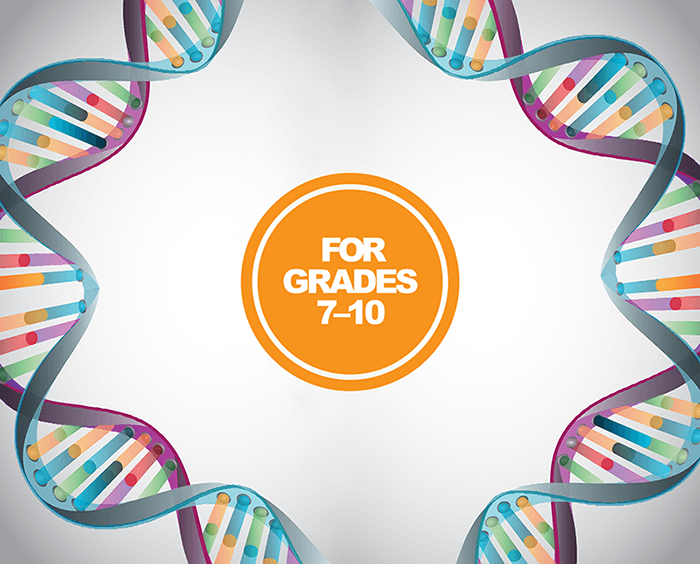
“Bringing Biotechnology to Life” is an activity resource for science educators and others interested in learning more about biotechnology and its role in food production. There are seven lessons and activities covering topics such as DNA, selective breeding, agricultural biotechnology, and more.

This STEM-based activity incorporates math (exploring dimensional spaces and problem solving) and art, as the students are encouraged to apply their creativity to come up with a unique design in form using apples and toothpicks.
A peanut will burn producing an impressive amount of flame for a long time. The flame can be used to boil away water and count the calories contained in the peanut. A great way to show students how calories are calculated for energy in our bodies.
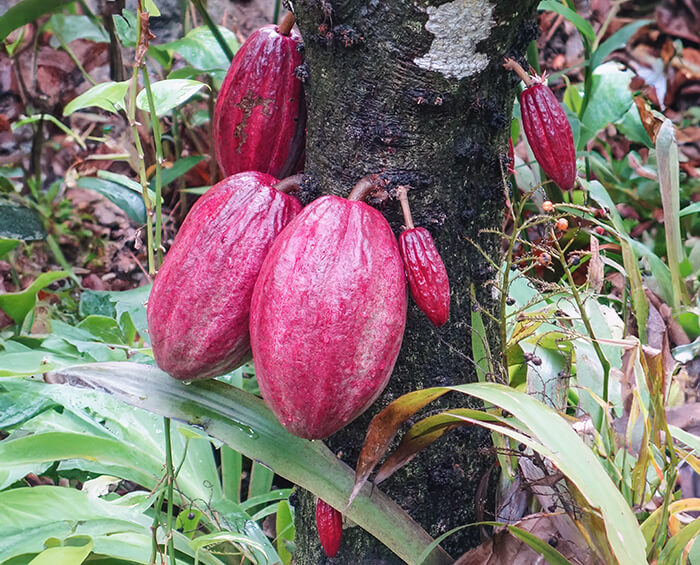
In this activity students will taste different types of chocolate to determine if price is an indicator of better taste. Chocolate is a New World food that is now beloved by cultures around the globe. Use this activity to engage students with lessons related to the Columbian Exchange, global trade, food ingredients, and food origins and processing.
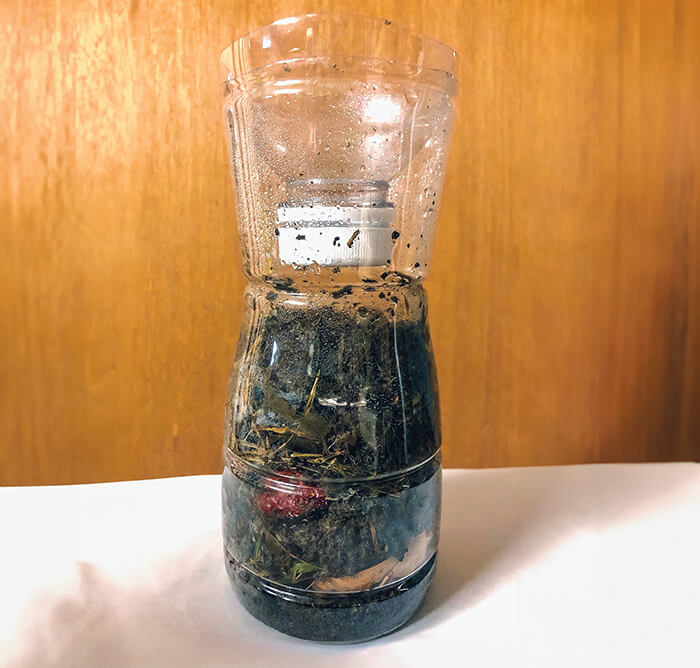
Composting is the process of creating nutrient-rich soil from decomposing organic matter like grass, leaves, and food scraps. Construct a compost bottle using a clear container, bottle, or jar and observe the organic matter break down into soil rich in nutrients that can be used in a garden. Instructions available in English and Spanish.